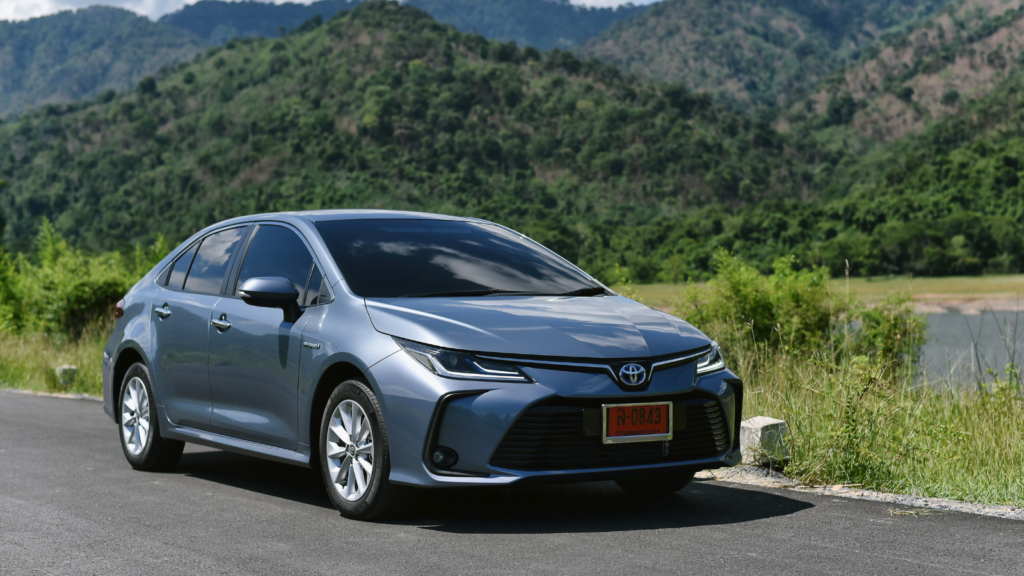Some vehicles become forgotten, while others won’t quit. Some models have stood the test of time, illustrating that excellent design, sound engineering, and stubbornness can make a car popular for decades. Whether they began life as tough workhorses, plush cruisers, or performance icons, some cars have turned into legends, turning heads and running long after their original introduction. These are 20 vehicles that have stood the test of time:
Mercedes-Benz G-Class (1979)
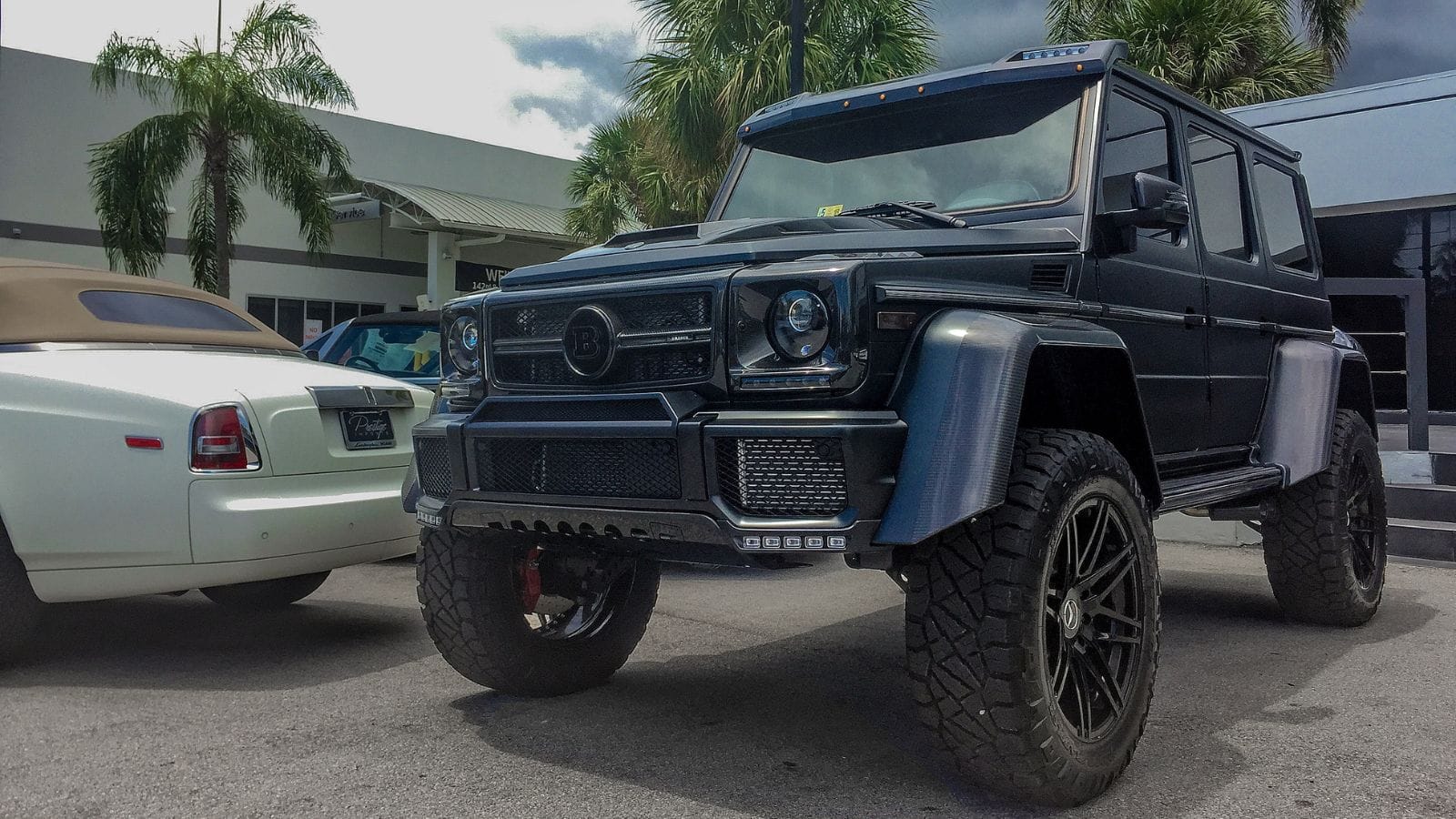
Initially released in 1979 as a military-grade vehicle, the Mercedes-Benz G-Class soon gained popularity as a status symbol car without compromising its off-road capability. The box-like SUV still retains its recognizable profile. Under the hood, it has evolved significantly, with powerful V8 and V12 engines in modern iterations like the G63 AMG, which rockets from 0-60 mph in just 4.5 seconds. The interior has transformed from rugged to regal, featuring hand-stitched leather, open-pore wood, and ambient lighting with 64 color options. Despite its luxury upgrades, it remains an unstoppable off-roader.
Porsche 911 (1964)

Few vehicles have remained as faithful to their initial design as the Porsche 911, which first appeared in 1964 under Ferdinand “Butzi” Porsche’s design leadership. Its rear-engine, flat-six configuration has been honed throughout the years but never discarded. The current 911 is an ideal marriage of heritage and technology, with an interior that balances performance-oriented ergonomics and luxury. With 0-60 mph accelerations as low as 2.6 seconds in the Turbo S, the 911 remains the gold standard for sports cars.
Toyota Land Cruiser (1951)

Toyota’s longest-running model name, the Land Cruiser, started life as the tough BJ model in 1951, designed for military and commercial applications. Built to take it all, it became the choice SUV for the world’s adventurers. Under the hood, Toyota has employed inline-six, V8, and hybrid powerplants. Inside, the Land Cruiser has evolved from functional to opulent, featuring leather seats, heated and cooled seats, and sophisticated off-road technology. Even now, it accelerates from 0-60 mph in approximately 6.7 seconds, impressive for a heavy-duty vehicle.
Chevrolet Suburban (1935)
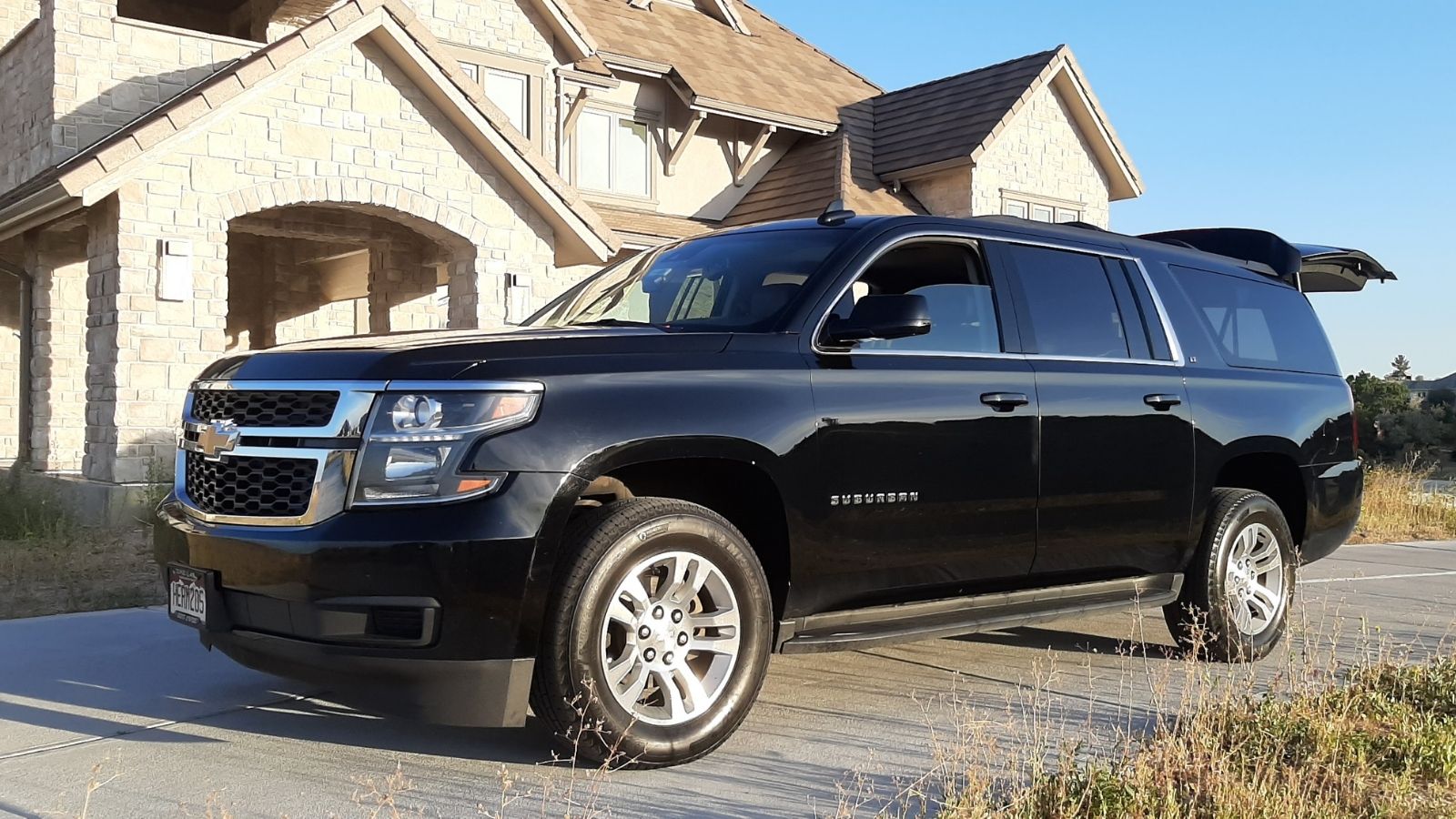
The Chevrolet Suburban was first introduced in 1935 and is the longest-running nameplate in automobile history. Developed as a heavy-duty station wagon, it is now a full-size SUV that runs on V8 engines with capability and comfort. The interior boasts three rows of seating space with premium leather, a giant infotainment screen, and rear-seat entertainment. Despite its size, the current models accelerate from 0 to 60 mph in under 7 seconds due to GM’s robust V8 and turbo-diesel capabilities.
Ford Mustang (1964)
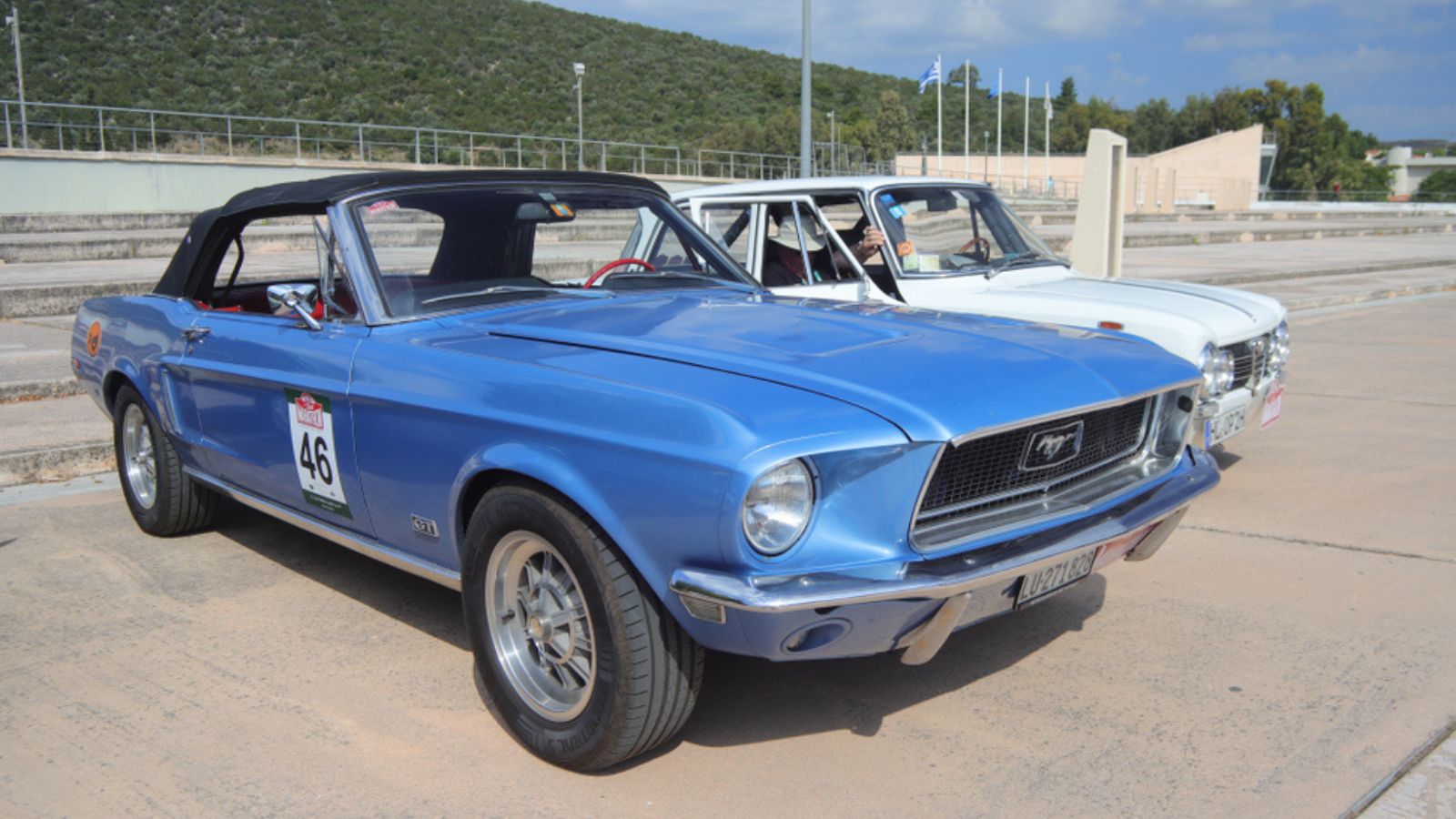
The Ford Mustang first appeared in 1964 and became an overnight cultural phenomenon, paving the way for the pony car market. Contemporary Mustangs continue that tradition with potent inline-four, V6, and V8 engines, and performance variants such as the GT500 reach 0-60 mph in 3.3 seconds. Within, the cabin combines retro styling with contemporary technology, including Recaro seats, a digital instrument panel, and a drive mode selector that can be programmed to your taste. More recent models include a premium Bang & Olufsen audio system and a whopping 13.2-inch infotainment screen for a fully immersive driving experience.
Honda Civic (1972)
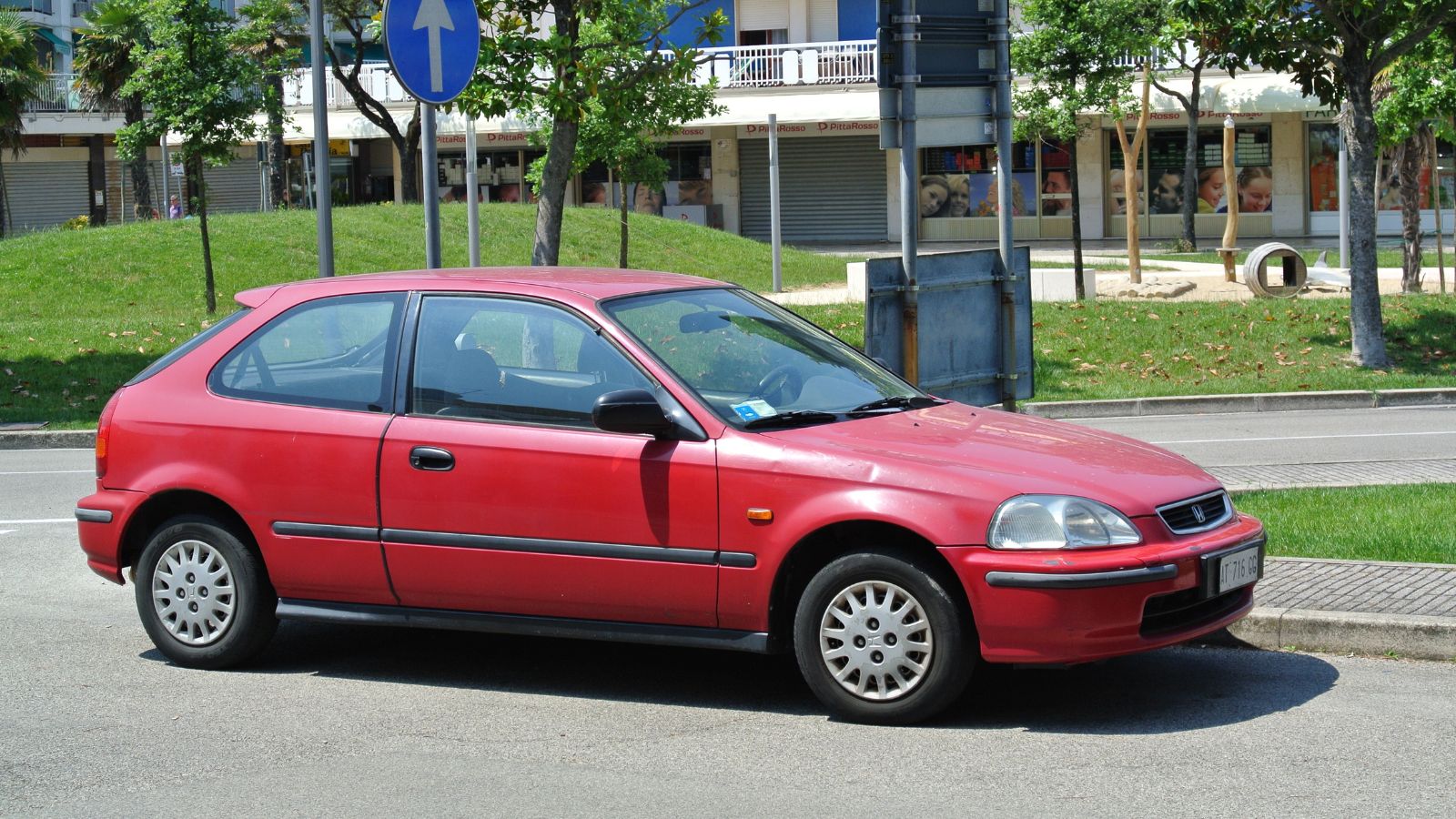
Since 1972, the Honda Civic has remained the first choice for dependability and fuel efficiency, and it has become a worldwide best-seller. Originally built as a small economy car, it has since become a performance player in cars such as the Type R, with its turbocharged inline-four taking it from 0-60 mph in just 5.0 seconds. Interiors have transitioned from spartan to luxury, sporting leather seats, a digital driver display, and an upscale Bose audio system. The newest Civic also comes with wireless Apple CarPlay, a big 9-inch display, and Honda Sensing safety features, but it’s still a practical ride.
Volkswagen Golf (1974)
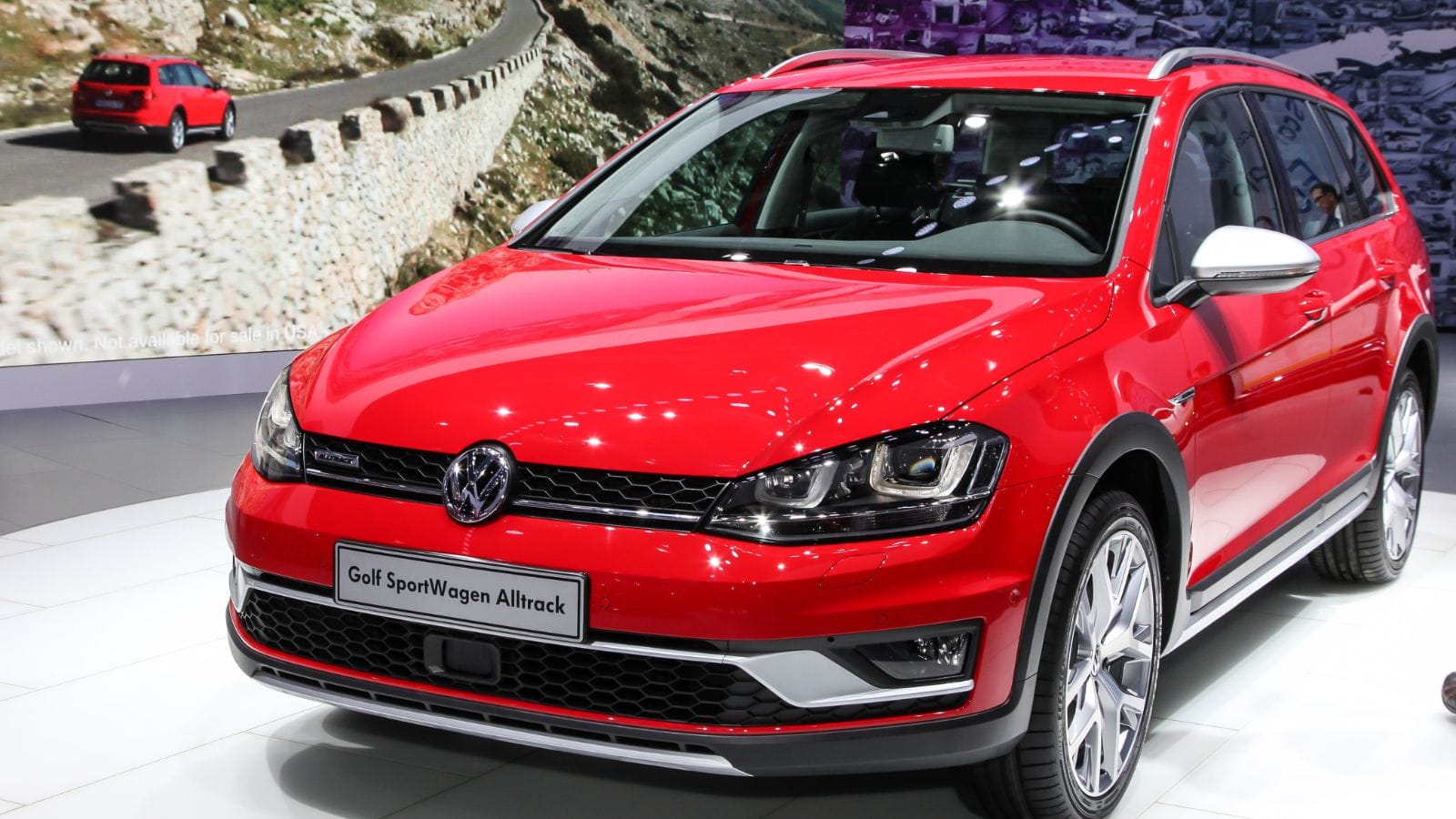
Giorgetto Giugiaro created the 1974-debuted Volkswagen Golf as a contemporary, front-wheel-drive replacement for the Beetle. Over the years, it has gained fame for its optimal balance of performance and usability, particularly in GTI and R models, which accelerate from 0-60 mph in less than 4.5 seconds. The interior has also been upgraded with comfortable materials and interior lighting, and newer versions have a fully digital cockpit, sport seats with heat, and a Harman Kardon audio system.
Jeep Wrangler (1986)
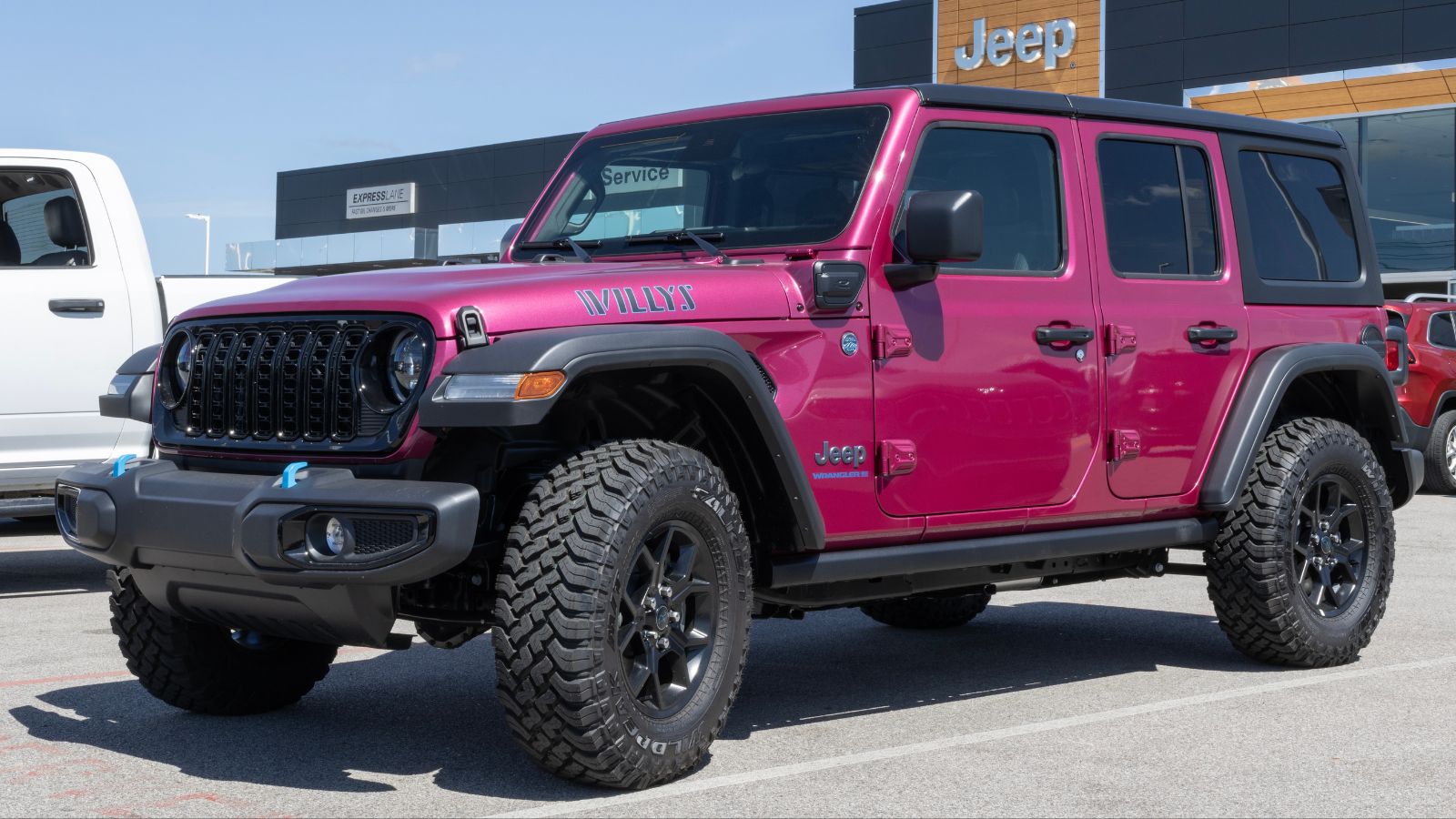
The Wrangler has its roots in the original WWII Willys Jeep, but it wasn’t officially the Wrangler until 1986. Its designer, Mark Allen, gave it solid axles, removable doors, and a fold-down windshield, making it an off-road monarch. Today’s Wranglers include several engine choices, such as turbocharged inline-fours, V6s, and a plug-in hybrid (4xe). The inside has come a long way from being a practical design to a tech-laden interior with leather seats, an 8.4-inch Uconnect screen, and a water-resistant push-button start. On the performance front, the Rubicon 392, with its V8 motor, can go 0-60 mph in 4.5 seconds.
BMW 3 Series (1975)
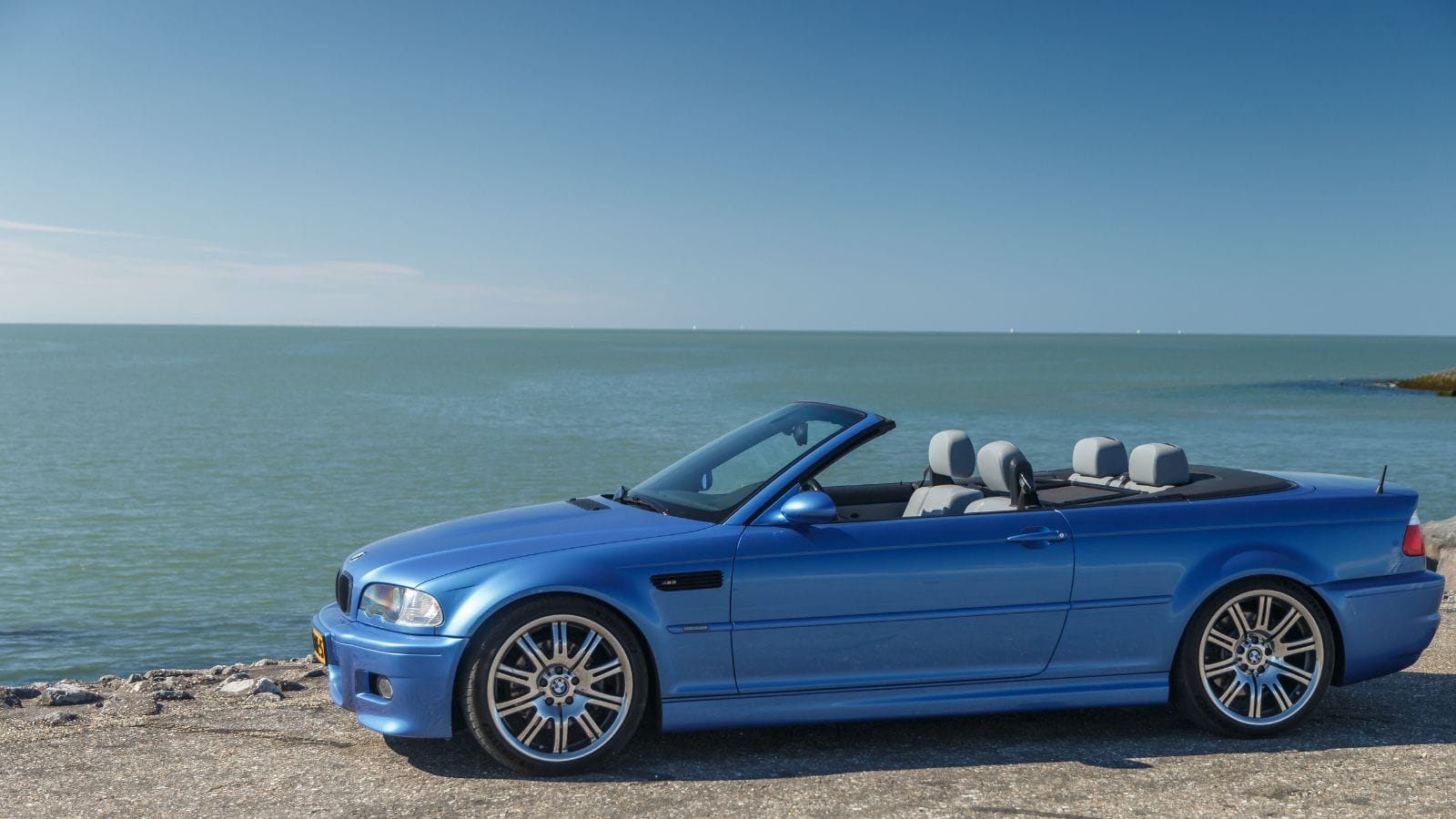
Since its 1975 introduction, the BMW 3 Series has been the standard for sports sedans, with an ideal balance of luxury and performance. Paul Bracq designed it, and it has kept developing while retaining its trademark rear-wheel-drive (or xDrive AWD) handling. The newer models come with turbocharged inline-four and inline-six engines, with the M3 Competition accelerating 0-60 mph in only 3.8 seconds. The cabin is a masterpiece of luxury and technology, featuring M Sport seats, a curved digital display, and customizable ambient lighting. Newer versions offer gesture-controlled infotainment, a panoramic sunroof, and advanced driver-assist features.
Toyota Corolla (1966)

One of the top-selling vehicles of all time, the Toyota Corolla debuted in 1966, prioritizing reliability and fuel efficiency. Famous for bulletproof reliability, it has been driven by a series of inline-four engines and a contemporary hybrid powertrain. Its interior has become a surprisingly upscale environment, featuring soft-touch trim, an 8-inch infotainment display, and Toyota’s Safety Sense suite. Though not designed for speed, the GR Corolla gets from 0-60 mph in 4.9 seconds, showing this legend can still excite. Regardless of model year, the Corolla is one of the most reliable names in the car industry.
Ford F-Series (1948)
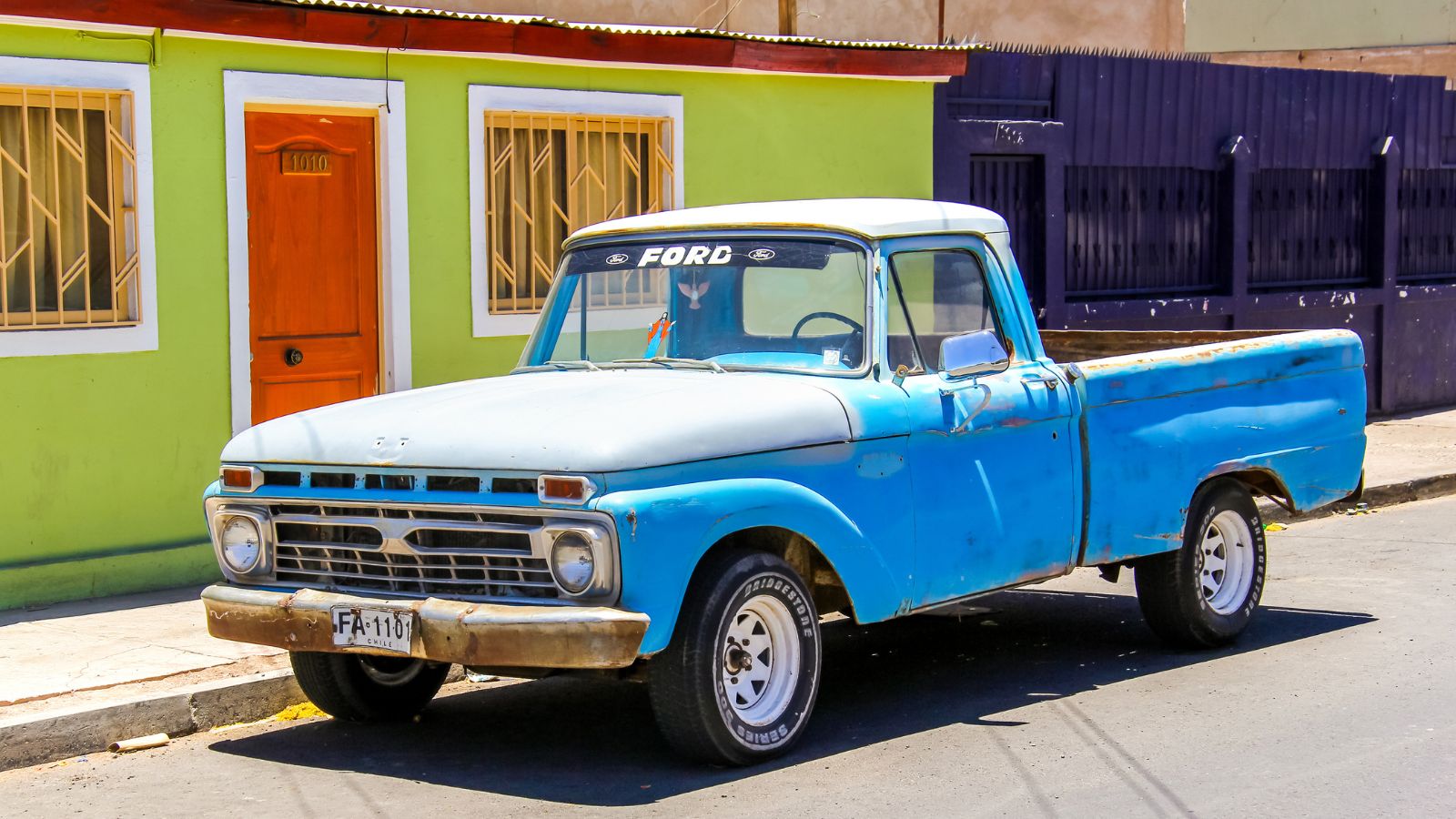
The Ford F-Series, specifically the F-150, has ruled the truck segment since 1948 and has been America’s top-selling vehicle for decades. Built tough and versatile, it comes with EcoBoost V6s, V8s, and even an all-electric Lightning version. It’s more luxurious than ever, featuring leather seats, a huge touchscreen, and a reclining sleeper seat feature. The F-150 Raptor R, which boasts a supercharged V8, can accelerate to 0-60 mph in less than 4 seconds, which is crazy for a full-size pickup truck.
Land Rover Defender (1983)

The Land Rover Defender has been the adventurer’s choice of SUV since 1983, conquering jungles as easily as deserts. Created in-house by JLR initially, it was made to master any terrain with uncompromising strength. Current versions come with cutting-edge inline-six, V8, and plug-in hybrid powertrains, with the V8 version doing 0-60 mph in 5.1 seconds. The inside combines brutish and luxurious with tough rubberized flooring, top-grade leather, and a cutting-edge Pivi Pro infotainment system. The new Defender also comes with a Meridian sound system, drive modes that can be configured for off-road use, and an optional glass roof.
Dodge Charger (1966)
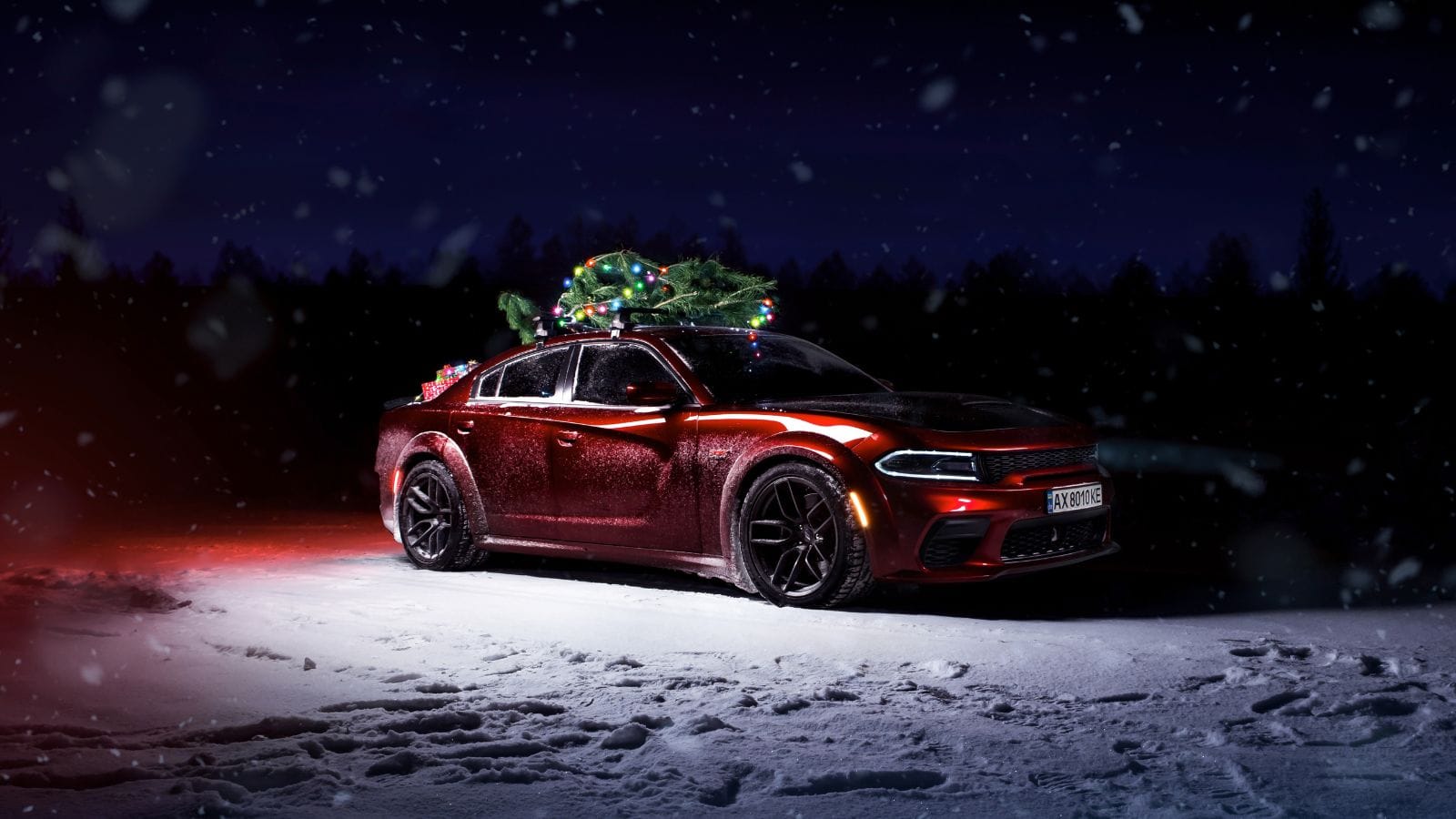
The Dodge Charger was introduced in 1966 as a muscle car and has developed into a performance sedan representing American muscle. Carl Cameron designed the Charger, which has been home to many powerful engines throughout its history, ranging from old-school big-block V8s to the current supercharged Hellcat V8 with a mind-numbing 0-60 mph time of 3.6 seconds. Inside, the Charger offers a driver-focused cockpit with Alcantara-trimmed sport seats, a 10.1-inch Uconnect infotainment system, and customizable performance pages that let you tweak launch control and drive modes.
Mazda MX-5 Miata (1989)
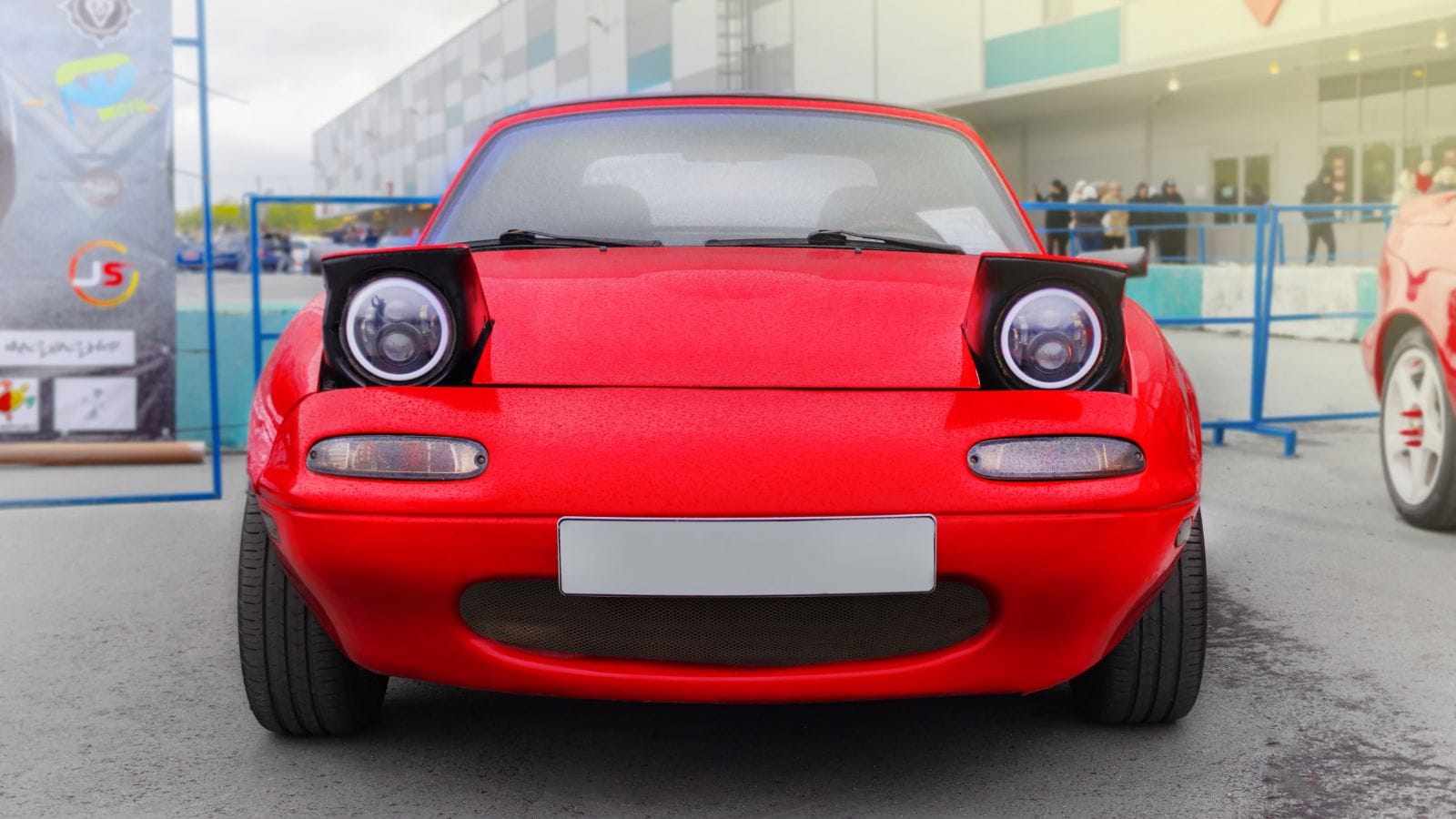
Few vehicles have mastered the lightweight roadster formula and the Mazda MX-5 Miata, which debuted in 1989. Tom Matano’s creation is simple, with a naturally aspirated inline-four engine that prioritizes handling over sheer power. The current iteration continues this ethos, reaching 0-60 mph in around 5.7 seconds. Inside, the Miata focuses on driver involvement with minimalist but premium materials, bolstered bucket seats, and a digital touchscreen and Apple CarPlay.
Chevrolet Corvette (1953)
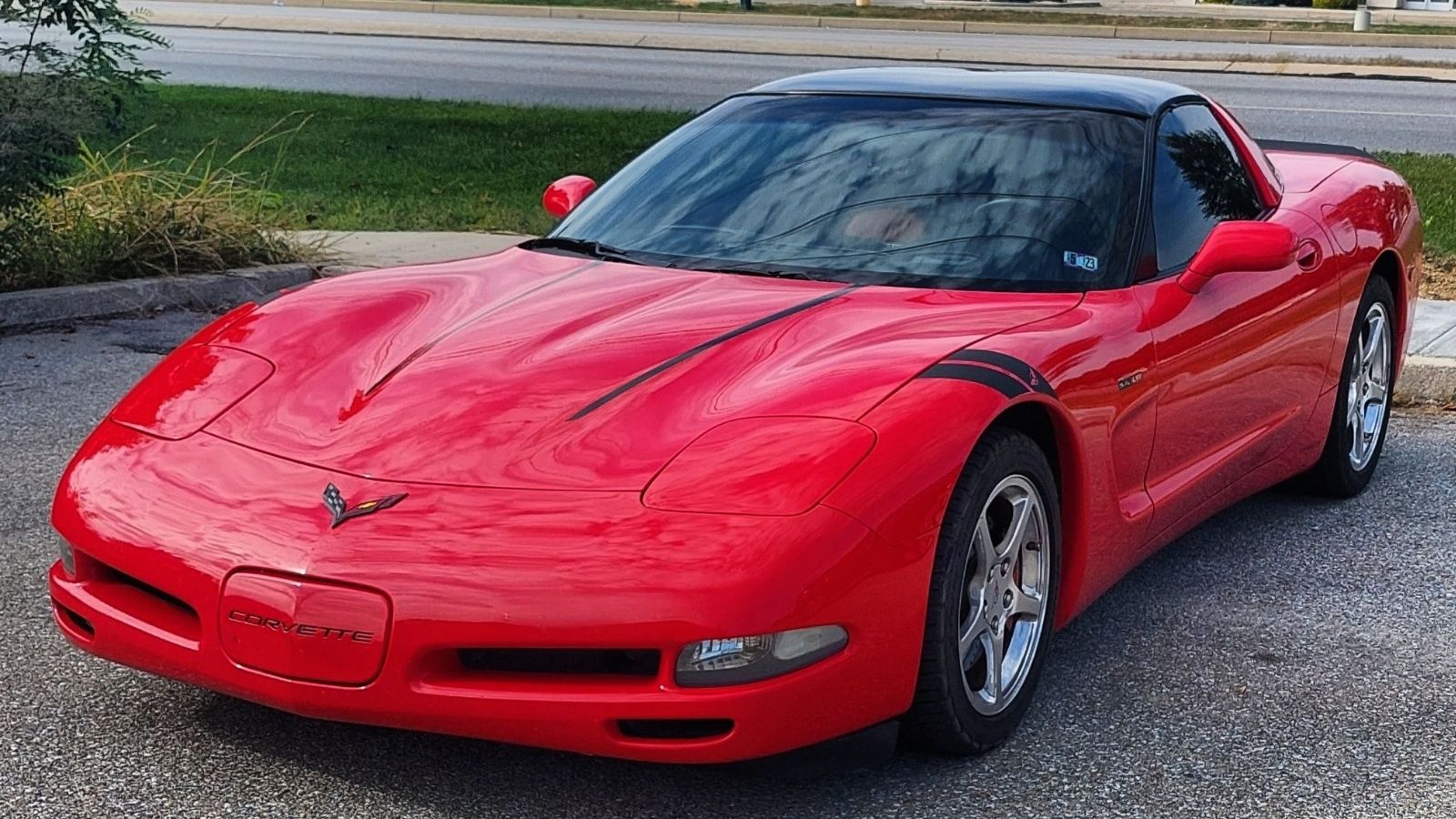
Since its introduction in 1953, the Chevrolet Corvette has relentlessly pushed the performance envelope. Initially styled by Harley Earl, the Corvette has transformed from a fashionable roadster to a mid-engine supercar in its new C8 generation. The Corvette Stingray’s 6.2L V8 blasts from 0-60 mph in only 2.9 seconds, comparable to exotic vehicles. The interior driver-centric cockpit features premium leather, a square-cut steering wheel, a digital gauge cluster, and a performance data recorder for track drivers.
Volvo 240 (1974)
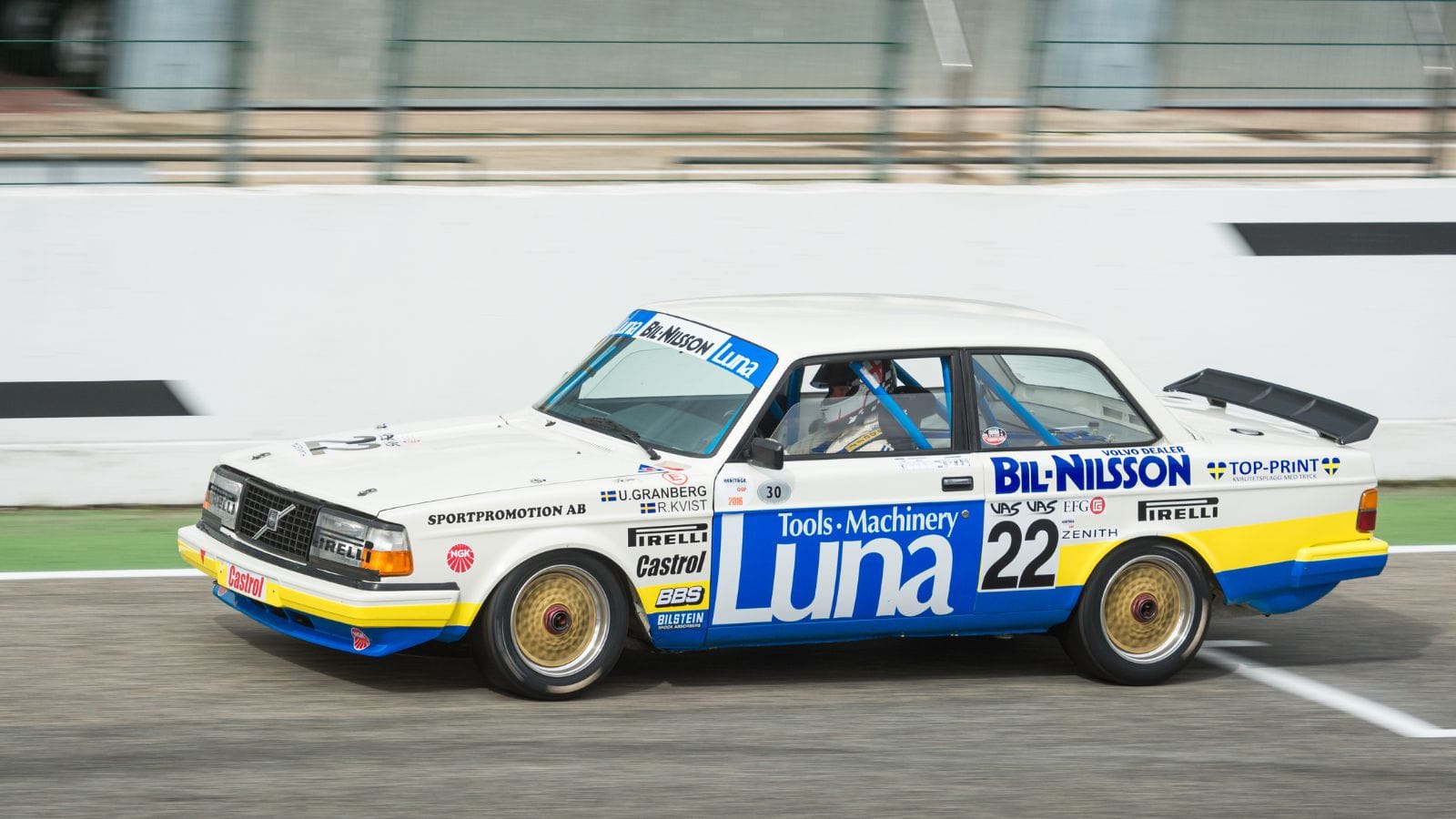
The Volvo 240 may not be the most glamorous car, but its reputation for safety and durability has made it a legend. Introduced in 1974, Jan Wilsgaard designed it, and it was a favorite among families and enthusiasts. Driven by a four-cylinder engine, it was not designed for speed (0-60 mph in about 10 seconds), but its boxy but roomy interior, comfortable cloth seats, and tank-like durability guaranteed longevity. Many Volvo 240s remain on the road today, demonstrating that good engineering never fades.
Mercedes-Benz S-Class (1972)
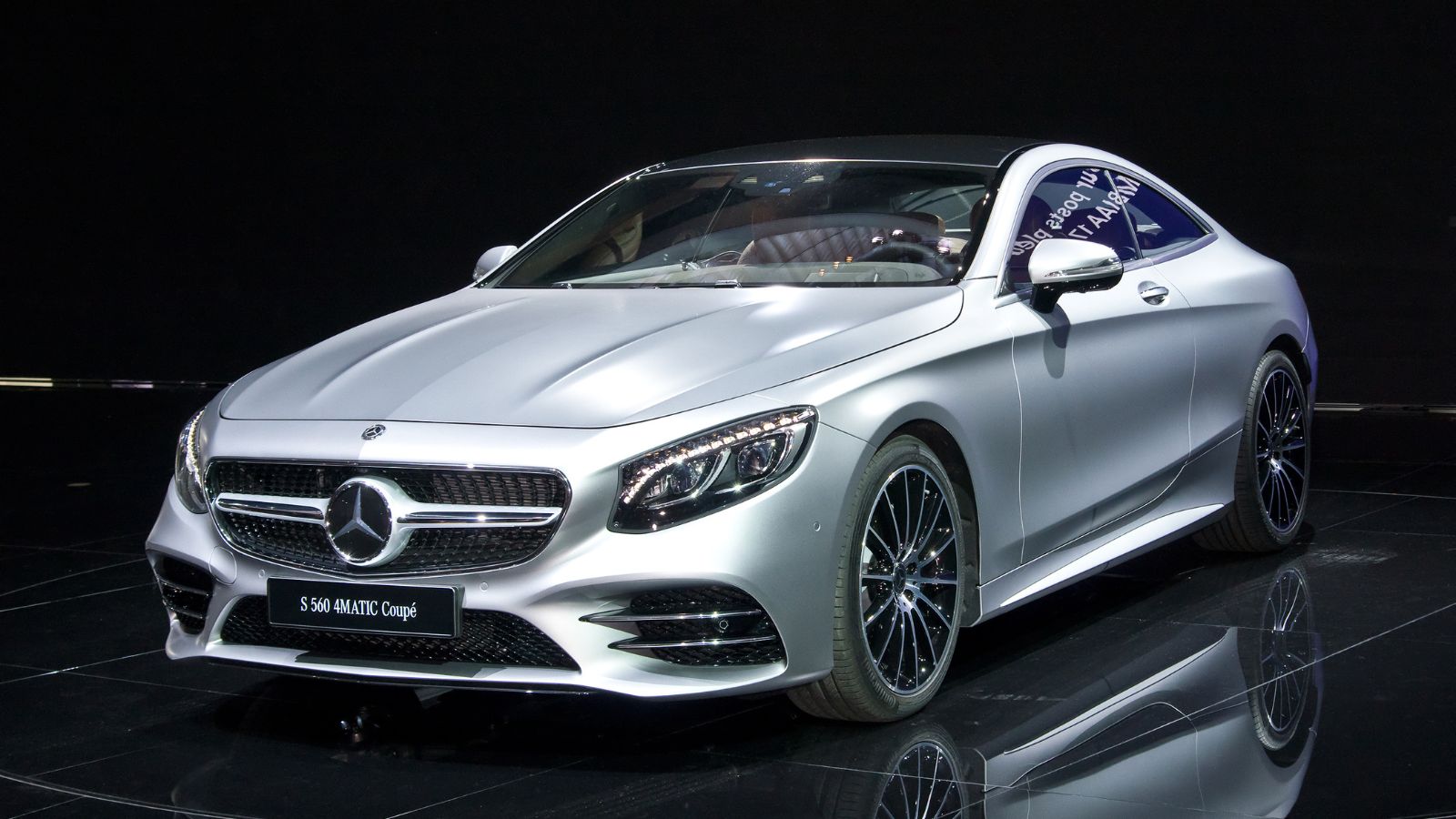
The Mercedes-Benz S-Class has been the standard of luxury sedans for decades, embodying undeniable elegance. First launched in 1972, the S-Class was made with state-of-the-art technology and comfort at its core. The new models come equipped with mild-hybrid and twin-turbo V8 engines, accelerating this luxury liner from 0 to 60 mph in only 4.4 seconds. The interior is a work of art, providing massaging seats, ambient lighting with 64 colors, a 12.8-inch OLED touchscreen, and a Burmester 4D sound system.
Nissan GT-R (2007)

Nissan GT-R, also known as “Godzilla,” has been revolutionizing sports car performance since 2007, creating new standards in speed and handling. Conceived by Shiro Nakamura, it is equipped with a hand-crafted twin-turbo V6 engine that delivers power to all four wheels, achieving an incredible 0-60 mph rate of 2.9 seconds. The interior is not as opulent as a Bentley, but it’s designed for speed with Recaro racing seats, a multi-function performance display, and a cockpit.
Honda Accord (1976)
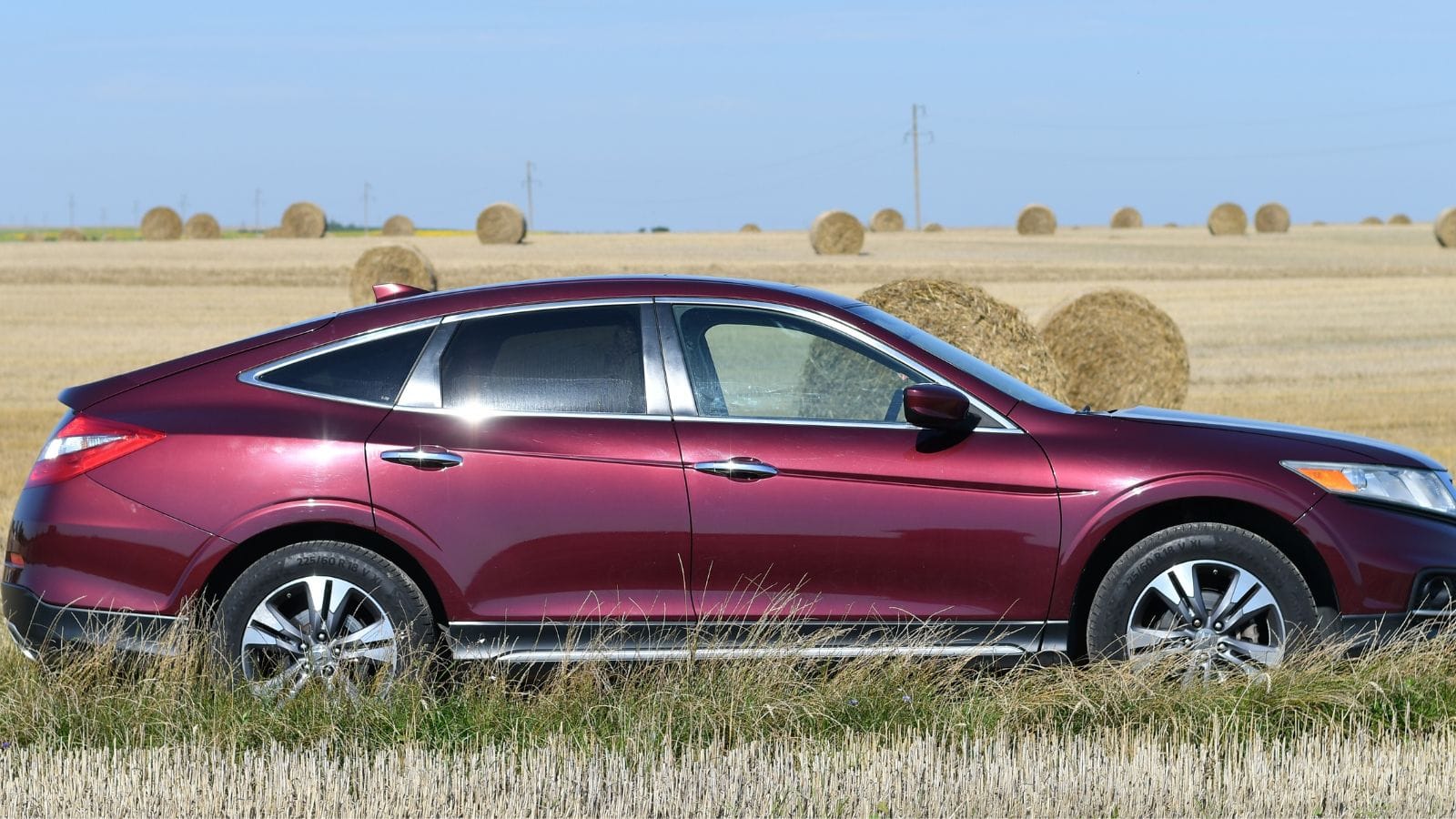
Since its introduction in 1976, the Honda Accord has been the standard for midsize sedans, offering a balance of performance, fuel efficiency, and comfort. Built to be dependable and attractive, the Accord has changed over time to feature hybrid powertrains and turbocharged engines, with the 2.0L turbo model accelerating from 0-60 mph in only 5.5 seconds. The latest generation features an interior that rivals luxury cars, with leather-trimmed seats, a 12.3-inch touchscreen, and advanced driver-assistance features. Thanks to its spacious cabin and smooth ride, the Accord remains a top pick for families and professionals.
Subaru Outback (1994)
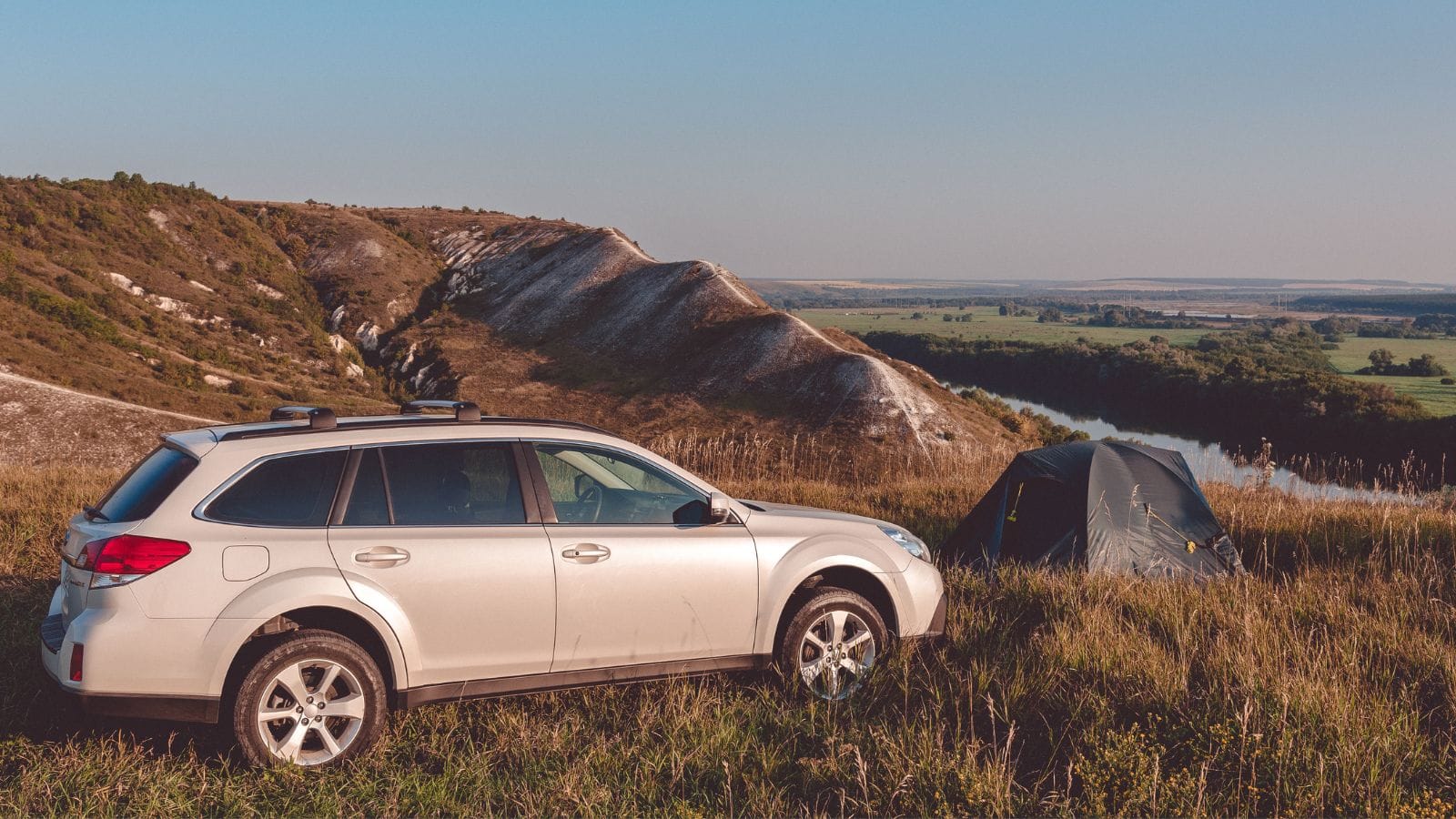
The Subaru Outback was first introduced in 1994 as a tough all-wheel-drive crossover for adventure, constructed to confidently tackle any road. Its creators, headed by Seiji Iwasaki, designed it with boxer engines and Subaru’s symmetrical AWD system, making it reliable and capable off-road. Though it won’t set speed records (0-60 mph in roughly 8 seconds), its roomy and high-tech interior, complete with StarTex water-resistant seating, an 11.6-inch touchscreen, and X-MODE off-road driving modes, makes it the ultimate long-term partner.
18 Budget-Friendly Electric Cars That Last Longer Than Their Loans — Economical Electrics
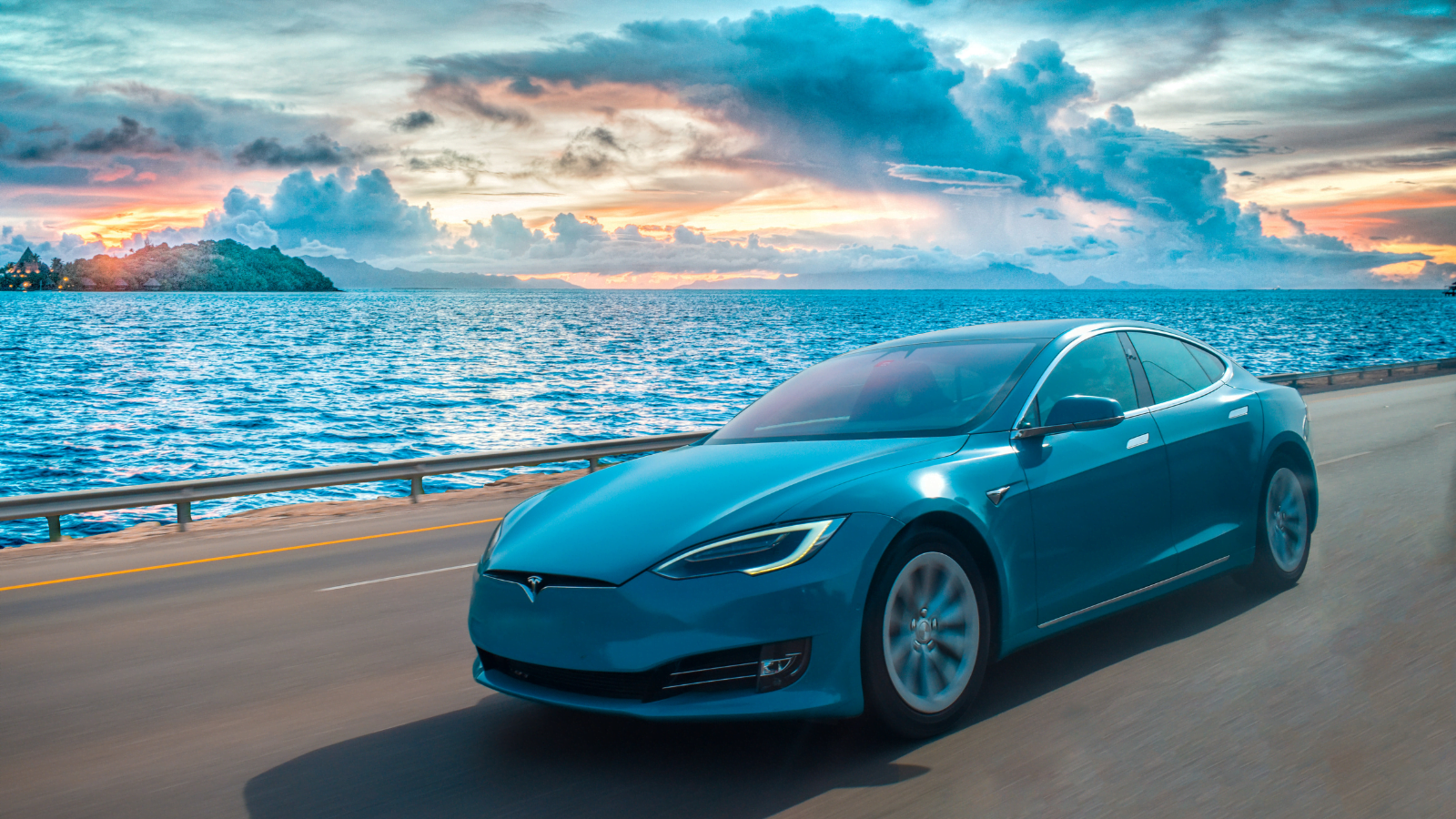
Electric vehicles are no longer a luxury for the elite—they’re a smart investment for the everyday driver. With manufacturers stepping up to the plate, affordable EVs now deliver on reliability, range, and modern comforts. Here’s a look at 18 economical electric cars engineered to outlast their payment plans.
18 Budget-Friendly Electric Cars That Last Longer Than Their Loans — Economical Electrics
